
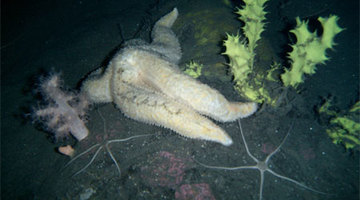
Electronic tagging of marine animals is common, but tagging marine invertebrates is very unusual! For example, in 1998, an estimated 11,800 marine animals were tagged electronically, and only 35 ...
READ MORE

Green-lipped mussels are endemic to New Zealand. They make their home on rocks and solid surfaces around New Zealand’s coastline. Mussel life cycle During its life cycle, the green-lipped mussel ...
READ MORE

Green-lipped mussels are New Zealand’s major aquaculture species. Explore how green-lipped mussels are farmed in New Zealand, the way that the industry has developed and the challenges that ...
READ MORE

Aotearoa New Zealand is rich in animal life – from tiny pepeketua and giant wētāpunga to ngā manu a Tānemahuta and ngā ika a Tangaroa. Some of these animals are unique to particular locations ...
READ MORE
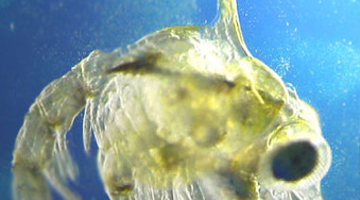
In this activity, students work in small groups and come up with their own classification system for a number of marine organisms. By the end of this activity, students should be able to: explain ...
READ MORE

This activity explores the life cycle of green-lipped mussels and encourages students to research the methods by which they are farmed in New Zealand. It provides the opportunity to use a Venn ...
READ MORE
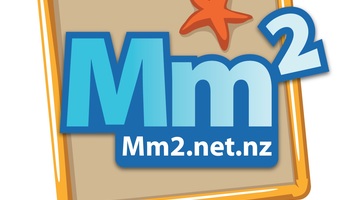
Marine Metre Squared is a New Zealand citizen science project that supports communities to monitor their local seashore. The project has been designed to provide meaningful, valid environmental ...
READ MORE

iNaturalist logs hundreds of thousands of photos of flora, fauna and fungi. There are even sound recordings too. Each is described and geo located. iNaturalist is used by citizens and scientists ...
READ MORE
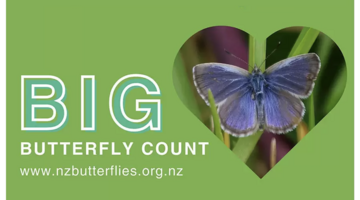
This New Zealand-based citizen science project collects data about butterflies in our gardens, schools, parks and farms – any location in the country or on the outer islands. This annual event – ...
READ MORE

To most of us, one earthworm resembles another. Although earthworms do have common characteristics, species differ widely in their size, skin colour and in the roles they play in the soil ...
READ MORE

This unit plan is designed for students in years 1–5. When someone mentions the word ‘butterfly’, what image pops into your head? Chances are it’s the monarch or the white butterfly, as these are ...
READ MORE

In this online PD session recorded on 30 July 2015, primary school teacher Angela Schipper describes how she used the Butterflies resources from the Science Learning Hub in the classroom. In ...
READ MORE
Tagging marine invertebrates is very unusual! Dr Miles Lamare, from the University of Otago, talks about why they decided to tag the New Zealand starfish and what they hoped to discover. Point of ...
READ MORE
Dr Miles Lamare, from the University of Otago, talks about the challenges of attaching electronic tags to starfish. Point of interest Starfish is the common name for a group of animals called sea ...
READ MORE
Like many marine animals, green-lipped mussels mate by broadcast spawning – the simultaneous release of eggs (from female mussels) and sperm (from male mussels) into the water. In this video ...
READ MORE
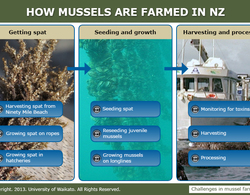
Green-lipped mussels are New Zealand’s major aquaculture species. In this interactive, Professor Andrew Jeffs (Leigh Marine Laboratory) describes the key stages in farming green-lipped mussels ...
READ MORE

Green-lipped mussels are New Zealand’s major aquaculture species. In this interactive, Professor Andrew Jeffs (Leigh Marine Laboratory) discusses some of the challenges faced by New Zealand’s ...
READ MORE

This interactive groups animals through Māori frameworks based on whakapapa. Click on the labels for information about the animal groupings. Select here to view the full transcript and copyright ...
READ MORE